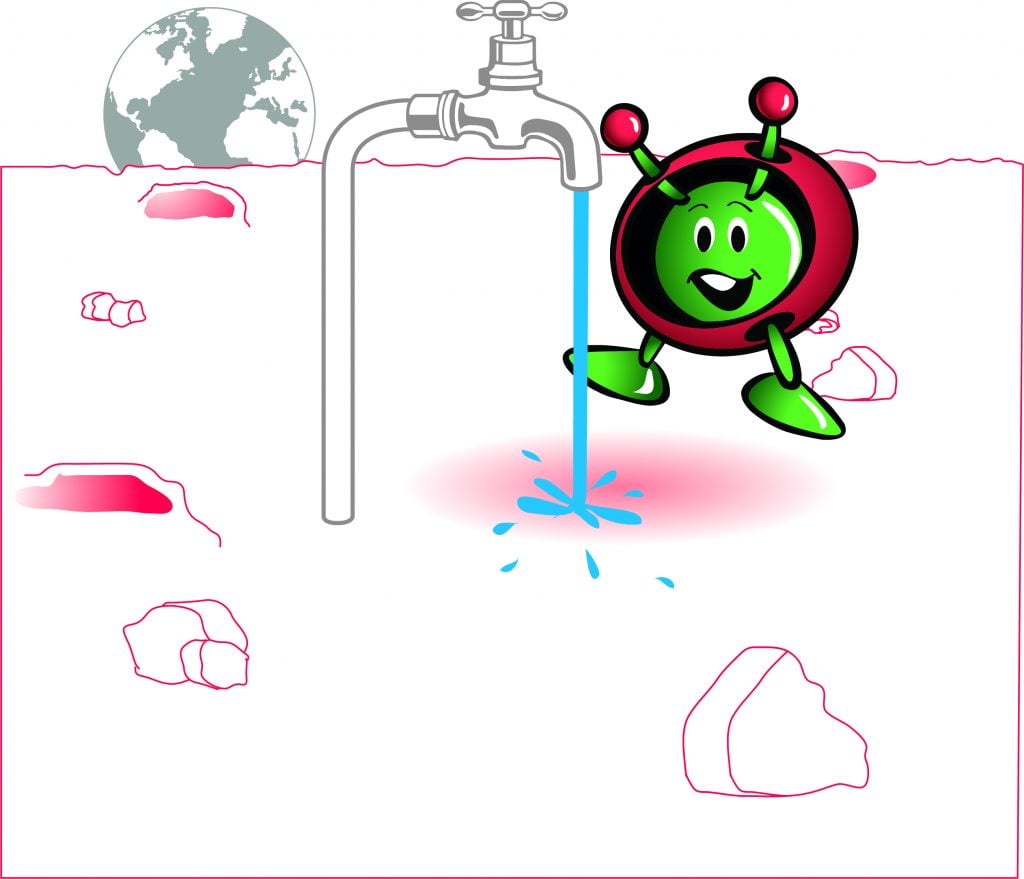Water on the Moon – Filtering lunar ice cores to extract water

Brief description: In this resource, pupils will spend a day recording approximately how much water they use for different activities. This is followed by an experimental activity in the classroom, where they will use pre-prepared “lunar ice cores” and filter these to get water. They will use the results of the first and second activity […]


